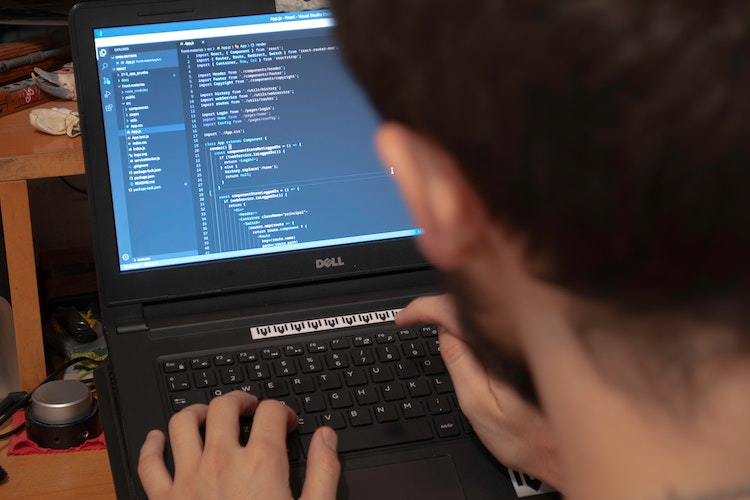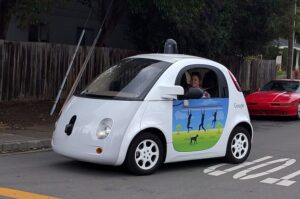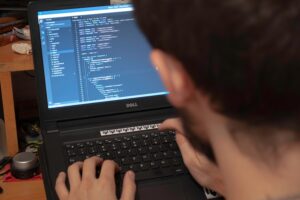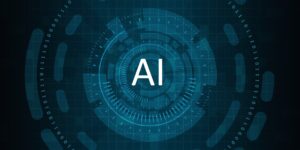The recent AI surge is powering a boom in development and innovation, helping work-from-home (WFH) employees make the most of an exciting new technology. AI is a powerful tool for improving performance as a remote employee and resolving some of the challenges that come with working from home. How can you use AI in remote work today? How will it improve in the years ahead?
How AI Supports WFH Productivity
The recent surge in AI advancements is creating many new applications of AI for WFH employees. These applications help remote workers complete tasks more efficiently and overcome common WFH challenges.
Fewer Communication-Related Delays
Communication can be a big stumbling block in remote work. A quick question for a coworker could take hours to get an email response. AI can reduce the need to ask coworkers questions by making it easier for WFH employees to find answers and assistance independently.
ChatGPT and AI-powered search are great examples of this. Surveys show 35% of adults find ChatGPT very or extremely useful. An estimated 12% are already using it for work-related tasks. ChatGPT can simulate many of the conversational tasks coworkers would often perform in a typical office setting.
For example, you can use ChatGPT to brainstorm ideas or edit an email. ChatGPT can also answer questions and summarize information. Keep in mind that it’s not an infallible tool. You should always fact-check information from ChatGPT. However, it’s still a great resource for resolving many communication-related delays that are common in remote work.
Additionally, AI-powered software can help clear up the frustration associated with video conferencing. AI image processing can improve image quality, help filter out background noise and stabilize video feeds in video calls. These features can make remote meetings run much smoother, resolving a common complaint about remote work.
Improved Efficiency and Productivity
You can also use AI to automate tasks and maximize the productivity gains from working remotely. The AI surge is creating a huge market of new tools leveraging this technology. Use AI to automate workflows, perform data entry, generate reports and schedules, analyze data sets and more.
Higher productivity is particularly helpful for the many remote workers pursuing career changes. WFH often allows us to realize new career aspirations and makes it easier to pursue a dream job. AI can improve your efficiency in completing tasks for your current job, leaving you more time to volunteer or pursue new tasks to prepare for a career change.
Stronger WFH Cybersecurity
AI can even help you maintain good cybersecurity when working from home. Remote workers are at a much higher risk of falling victim to cyber-attacks because they are outside the relative protection of an office firewall. Personal devices often lack robust cybersecurity software, as well.
You can use AI tools to monitor your network, browser and devices. For instance, AI network monitoring will alert you when a new user connects to your Wi-Fi network. Many security-focused web browsers use AI to provide advanced spam and malware detection. Additional tools like a VPN and antivirus software can also help you stay safe while working remotely.
“ChatGPT can simulate many of the conversational tasks coworkers would often perform in a typical office setting.”
Emerging Outcomesin AI for WFH Employees
AI is a rapidly developing technology, so new advancements are already showing a promising future for WFH employees. The next stage of the AI surge will likely bring improved algorithms, much-needed regulation, stronger protections against misinformation, improved user privacy and better overall performance.
Technical Advancements
Generative AI has already improved dramatically over the past few years. OpenAI reported in 2023 that GPT-4 is 40% more likely to generate factually-accurate responses than GPT-3.5. It also scored in the 90th percentile on the Bar exam and blocked more requests containing prohibited content.
This data means new generative AI algorithms are getting better at performing the tasks WFH employees rely on them for. In the next few years, you will be able to use AI-generated content more confidently with less need to revise inaccurate content. AI is also getting better at adapting to different content styles, so it will soon be able to effectively match your unique writing style or match the formatting of a certain type of document for you.
“Generative AI algorithms are getting better at performing the tasks WFH employees rely on them for. In the next few years, you will be able to use AI-generated content more confidently.”
Regulatory Improvements
In addition to purely technical improvements, AI regulation will help ensure next-gen AI is more secure and respects your privacy. These traits are important for maintaining safety and cybersecurity for all users, including WFH employees. For example, a comprehensive AI regulation in development in the European Union will require disclosing when content is AI-generated and what, if any, copyrighted data was used to train the model.
This regulation could have several benefits for remote workers. First, a marking system to denote when content is AI-generated can help remote workers spot authoritative human-created content when doing research. Additionally, strict regulations on disclosing when models are trained with copyrighted material can help you avoid accidentally infringing on copyright in work-related content.
For instance, today it is virtually impossible to tell if an AI image generator was trained using any copyrighted material. As a result, using AI-generated images for work-related material is often not possible. This can limit the variety of projects remote employees can complete independently.
Regulations will allow users to identify image-generation AI models that only use publicly available or legally obtained training images. With these algorithms, you can safely create stock photos and graphics for reports, presentations, publications and more.
AI data privacy regulations will also be helpful for WFH employees. One reason some employers may not allow remote work is concern over poor privacy and security outside the office. AI can heighten these concerns since machine learning algorithms record and learn from everything users input into them.
Improved regulation on the use of user data in AI models will help relieve worries about work-related data unintentionally getting leaked. You will soon be able to use generative AI models on the job without risking the security of your data or your employer’s.
“Improved regulation on the use of user data in AI models will help relieve worries about work-related data unintentionally getting leaked.”
AI and WFH: The Future of Work
The AI surge is powering an explosion in development and innovation, bringing many new opportunities for WFH employees to leverage AI on the job. Remote work comes with many benefits but can also present challenges. AI can help resolve these challenges and give you an edge as a remote worker. Emerging advances in AI will make this technology safer and even more helpful in the years ahead.









